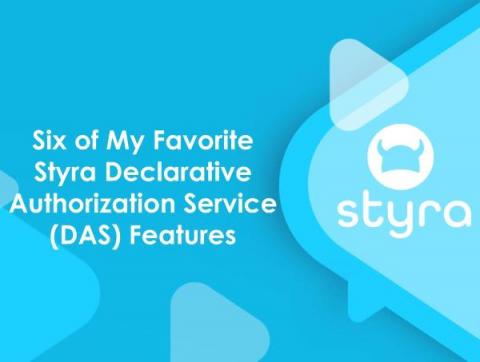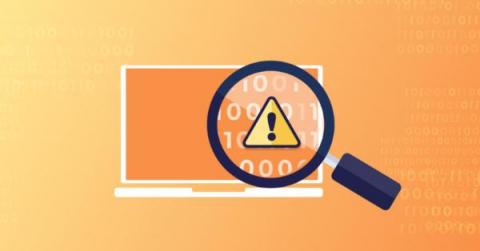Six of My Favorite Styra Declarative Authorization Service Features
Open Policy Agent (OPA) allows developers to accelerate time to market and focus on their differentiated work, instead of spending their time figuring out how they are going to write bespoke authorization policies. With OPA handling authorization decisions across the stack, each service, app or platform API just has to handle enforcement of OPA decisions.










